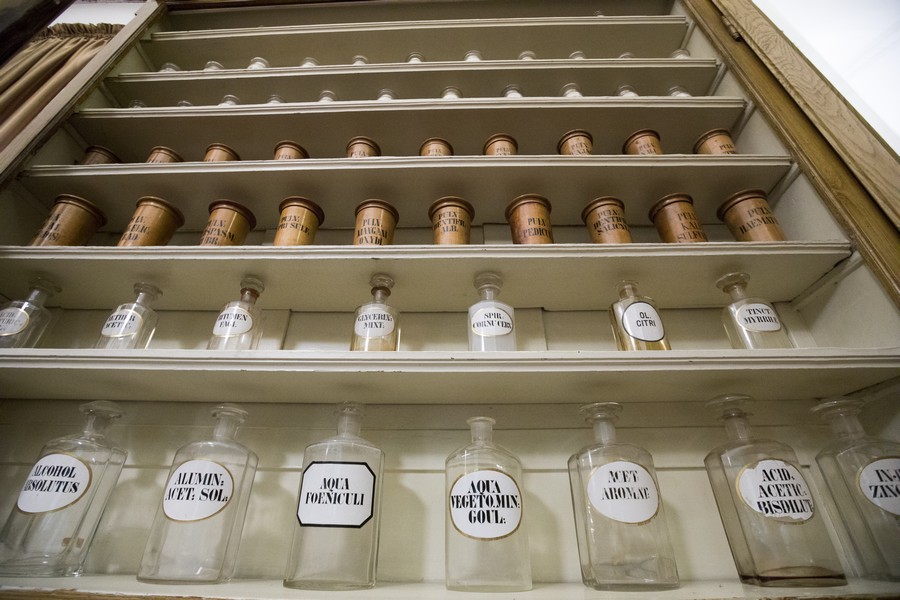Katedrala u Vršcu - Crkva Svetog Gerharda
Share this attraction
Back

Katedrala u Vršcu - Crkva Svetog Gerharda
Vrsac
History and origin of the Church of St. Gerhard
The Church of St. Gerhard is a lavish Roman Catholic church, dedicated to St. Gerhard. This temple was built in the period from 1860 to 1863. Today, this building is one of the most representative buildings in Vršac. Find out more about her below.
Appearance and characteristics of the Church of St. Gerhard
The Church of St. Gerhard is a lavish Roman Catholic church, dedicated to St. Gerhard. This temple was built in the period from 1860 to 1863. Today, this building is one of the most representative buildings in Vršac. Find out more about her below.
Appearance and characteristics of the Church of St. Gerhard
- The name of the architect who made the draft is unknown, but it is assumed that he was from Vienna.
- The facade made of terracotta soon collapsed, so in 1902 it was renovated and partly covered with stone.
- The Church of St. Gerhard was built in the Neo-Gothic style.
- During the renovation of this church, sculptures were placed on the facade and a large composition on the canopy above the main portal.
- The academic sculptor carved in stone: a composition in deep relief of the Mother of God blessing St. Stephen and sculptures in supernatural size Christ the Teacher, St. King Stephen, St. Gerhard and the Mother of God.
- The interior of the Church of St. Gerhard is richly furnished with carved furniture. It is decorated with wall and altar paintings, stained glass and sculptures.
- Peter Johann Geiger, professor at the Vienna Academy of Arts, painted the main altarpiece in 1863.
- The side altar with the image of the Holy Family was made by the academic painter Karl Guch in 1869.
- The interior decoration - compositions and ornaments - was performed in the period from 1912 to 1914.
How to get to the Church of St. Gerhard in Vršac?
The Church of St. Gerhard is located on Žarko Zrenjanin Boulevard. If you are starting from Belgrade, we have selected 2 routes for you
The Church of St. Gerhard is located on Žarko Zrenjanin Boulevard. If you are starting from Belgrade, we have selected 2 routes for you
- via Route 10 (it will take you an hour and a half to reach the desired location)
- via Route 134 (this route will take you about 2 hours).
You are only 350 meters from the center of Vrsac to the Church of St. Gerhard, so we advise you to walk to it (you can reach it in 5 minutes via Vuka Karadzic Street).
Additional information
What sets the Church of St. Gerhard apart from other buildings is the organ with 2 manuals and 52 registers, built at the beginning of the 20th century, in the workshop of Leopold Wegstein. Thanks to them, this church has become a kind of concert hall, so that numerous choirs and famous opera singers have performed in it so far.
Additional information
What sets the Church of St. Gerhard apart from other buildings is the organ with 2 manuals and 52 registers, built at the beginning of the 20th century, in the workshop of Leopold Wegstein. Thanks to them, this church has become a kind of concert hall, so that numerous choirs and famous opera singers have performed in it so far.





























































